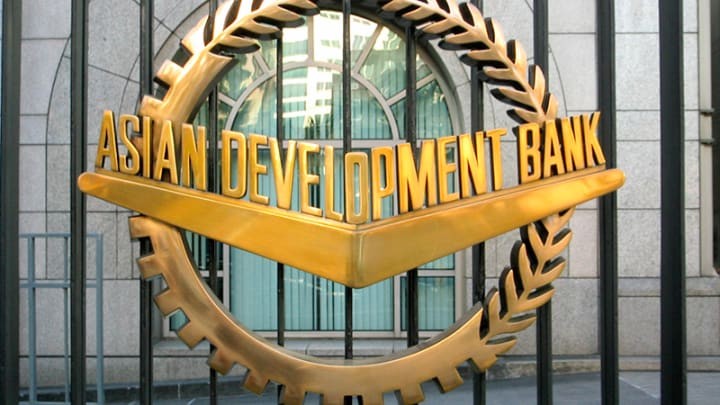
The Asian Development Bank (ADB), in partnership with the Association of Southeast Asian Nations Plus Three (ASEAN+3) finance ministers and central bank governors, today launched the report “Reinvigorating Financing Approaches for Sustainable and Resilient Infrastructure in ASEAN+3”. The report was launched on the sidelines of ADB’s 56th Annual Meeting. The ASEAN+3 comprises the 10 ASEAN member states, the People’s Republic of China, Japan, and the Republic of Korea.
The report presents the latest collection of innovative financing approaches for private, public, and institutional investors to collaborate on resilient and future-ready infrastructure that will support sustainable development and post-pandemic growth in ASEAN+3 economies. The report also offers an “ASEAN+3 voice” to the international discourse on infrastructure financing, with a focus on the needs, challenges, and opportunities in developing Asian economies.
“Innovative financing mechanisms are needed to attract private and institutional capital—along with public funds—to fund critical infrastructure that will create jobs and generate revenue for local economies,” said ADB Managing Director General Woochong Um. “A conducive policy and regulatory framework must be built to reduce risk, offer credit enhancements and de-risking facilities, and provide investment opportunities for all stakeholders to collaborate.”
“Raising investor awareness of innovative financing approaches will be key to encourage greater investments in marginally bankable projects,” said Singapore Minister in the Prime Minister’s Office and Second Minister for Finance and National Development Indranee Rajah. “The critical success factors from actual case studies in the report provide useful lessons for governments seeking to apply the financing approaches in their respective economies.”
According to ADB, developing Asia will need to invest $13.8 trillion, or $1.7 trillion annually, in infrastructure from 2023 to 2030 to sustain economic growth, reduce poverty, and respond to climate change. For ASEAN economies, the total infrastructure investment need is estimated to be at least $2.8 trillion for the same period or $184 billion annually.
Narrowing the infrastructure financing gap will be critical for economies to meet their economic and social goals. Private sector participation is key. Currently, more than $200 trillion of private capital is invested in global capital markets. Innovative finance mechanisms are needed to catalyze private and institutional finance for infrastructure, and to scale them up to meet the growing needs of the region as ASEAN+3 economies bounce back from the pandemic.
An example is the blending of different financing instruments to de-risk investments and lower the cost of capital. The report provides a user-friendly policy toolkit on the approaches for public–private partnerships, including how governments can collaborate with companies, investors, and financing agencies through these financing platforms. With the wider adoption of these financing solutions, governments can strategically employ public funds to attract private investment, accomplish key development goals, meet shareholder expectations for investment returns, and make the ASEAN+3 region a more attractive destination for infrastructure investment.



















